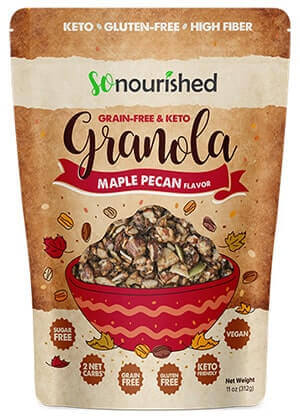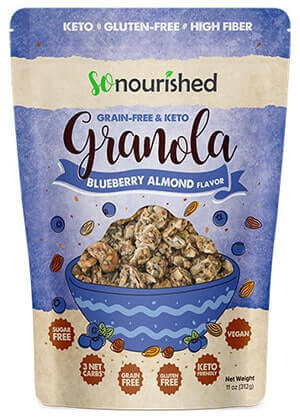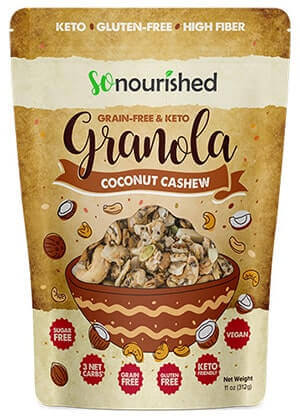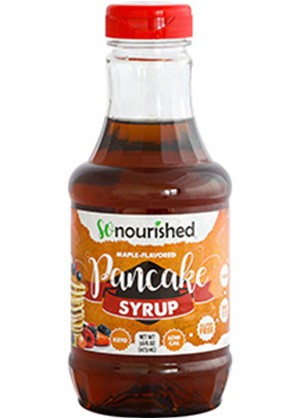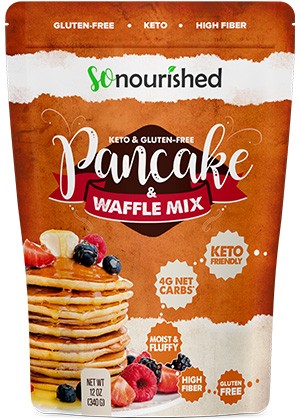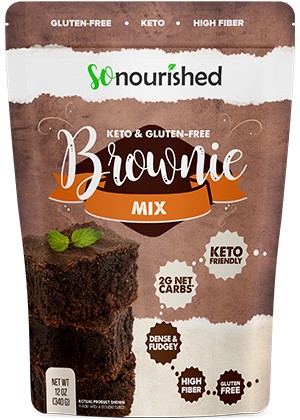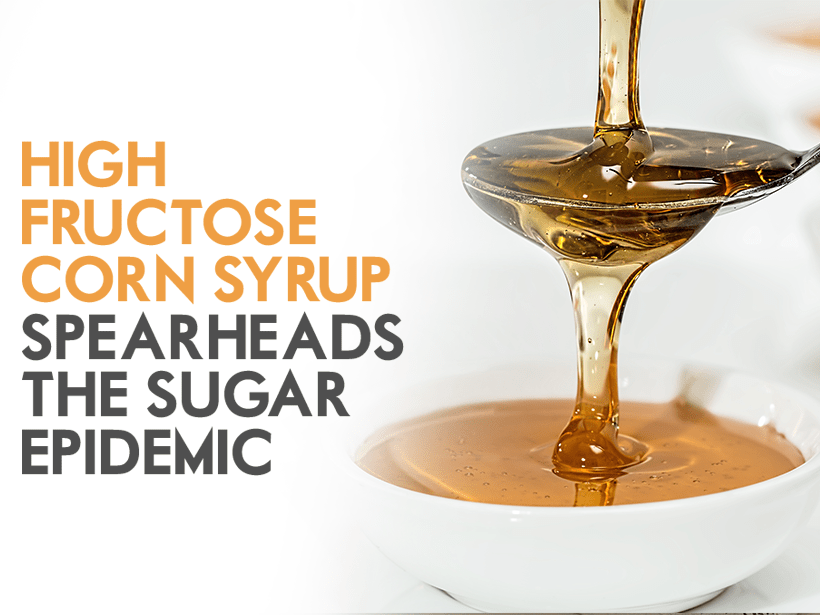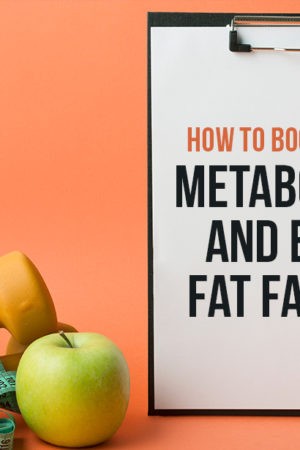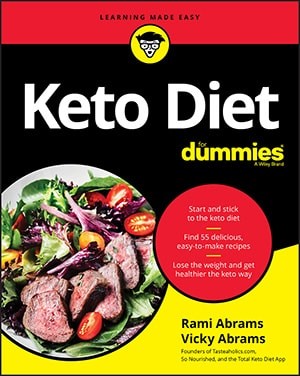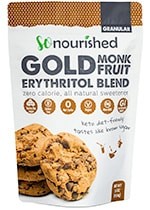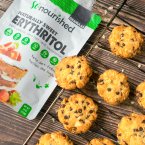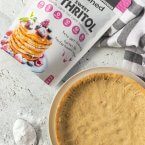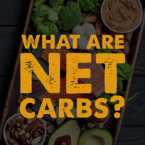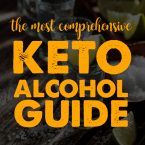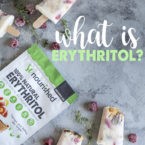By now, we’ve all heard about the dangers of high fructose corn syrup (HFCS), but do we really know what it is and why it is so bad for us? As a society, we’ve learned to read the labels on the products in the supermarket. We’re inundated with labels lauding “low-carb” and “fat-free” products, but the average consumer might not understand that that doesn’t necessarily equate to a healthy product. In fact, we need to dig a little deeper and take a look for the elephant in the room–HFCS.
HFCS is More Common than You Think
Up until about 1960, foods were sweetened with sucrose, but the food industry was looking for an alternative. HFSC fit the bill perfectly. Not only did it extend the shelf life of foods, but it’s much sweeter than traditional sucrose or glucose, so consumers didn’t have to compromise taste. Even better for the manufacturers, HFCS is significantly cheaper than sugarcane, so it seemed like a win-win.
HFCS can be found in far more products than one might think.1 In fact, it’s in everything from drinks to pastries, ice cream, salad dressings, and even bread. You might think your “healthy” product is clean, but HFCS might just be the cause of that delicious flavoring you like so much.
Why is HFCS so dangerous?
Dr. Mark Hyman, founder of The UltraWellness Center, states, “In recent history, we’ve gone from 20 teaspoons of sugar per person per year to about 150 pounds of sugar per person per year. That’s a half pound a day for every man, woman, and child in America.”2 In fact, an average 20-ounce soda contains about 15 teaspoons of sugar, and all of that is comprised of HFCS. When HFCS is made, glucose and fructose, which are naturally bonded, become separated. This, essentially, allows fructose to mainline straight for your liver, kicking off the process of lipogenesis.
Lipogenesis then leads to fatty liver3 and, in turn, both pre-diabetes and Type 2 diabetes, both of which are incredibly prevalent in our society today. So, if you dig to the root cause of it all, the continued consumption of HFCS leads to heart attacks, cancer, diabetes, strokes, and more. This essentially creates a sugar epidemic.
Read the Fine Print
It can be tempting to buy into the low-carb, low-fat hype, but HFCS could still be lurking in those products you love. Read the labels thoroughly, and see what contains HFCS. Then, seek out alternatives that advertise – at face value – that they’re free of it. Changing what you consume today can truly change your tomorrow.
NUTRITIONAL DISCLAIMER
The content on this website should not be taken as medical advice and you should ALWAYS consult with your doctor before starting any diet or exercise program. We provide nutritional data for our recipes as a courtesy to our readers. We use Total Keto Diet app software to calculate the nutrition and we remove fiber and sugar alcohols, like erythritol, from the total carbohydrate count to get to the net carb count, as they do not affect your blood glucose levels. You should independently calculate nutritional information on your own and not rely on our data. The website or content herein is not intended to cure, prevent, diagnose or treat any disease. This website shall not be liable for adverse reactions or any other outcome resulting from the use of recipes or recommendations on the Website or actions you take as a result. Any action you take is strictly at your own risk.
- Jacob’s Meat Market Joins the Keto Craze - February 12, 2019
- Doing the Low-Carb Lifestyle the Right Way - January 31, 2019
- How to Boost Your Metabolism and Burn Fat Faster - January 3, 2019


